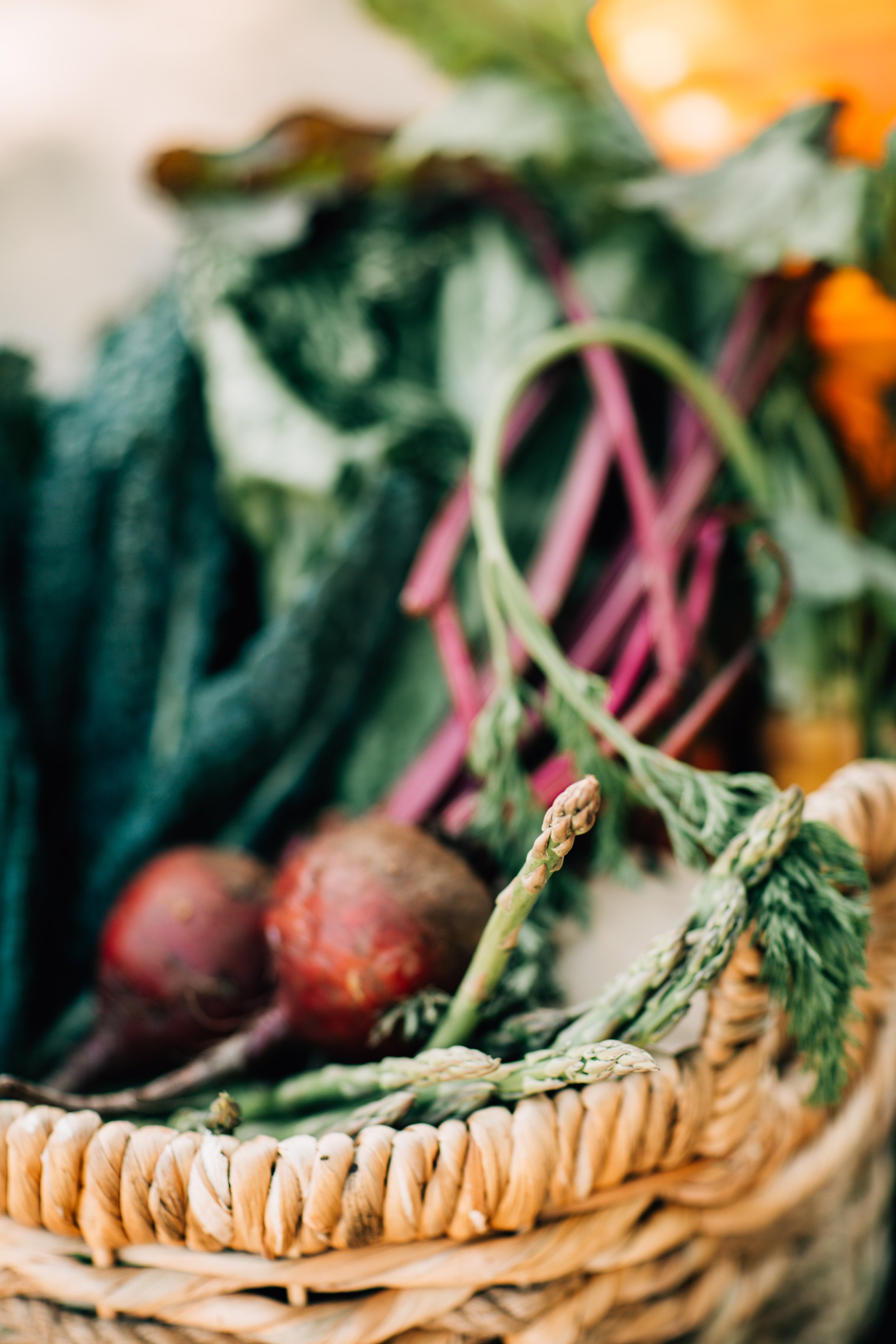
Full Moon Ghee
Ghee is one of Ayurveda’s sacred tonics, considered to be tri-doshic and beneficial for building “Ojas” or our immune boosting vitality. It boasts a wealth of health benefits and promotes proper digestion. It is believed that the best time to make ghee is during the waxing full moon which imbues the moon’s deeply nourishing essence of into the rejuvenate elixir. Here is how to make your own ghee!
Digestive Spice Blends for Vata, Pitta and Kapha
Spices have the ability to enhance our metabolic activity and affect various tissues of the body in integrative support. Below are three Ayurvedic spice blends - for Vata, Pitta and Kapha - to assist you cooking ritual with flavor, intention and enhanced Agni or digestive fire.
Green Tea Ginger Shiitake Miso Soup
A crockpot favorite, inspired by Jennifer Iserloh. Love this for it’s antioxidant kick, thanks to the green tea. Detox super powers due to the kale. Shiitake mushrooms, serving up the amazing immunity booster.



